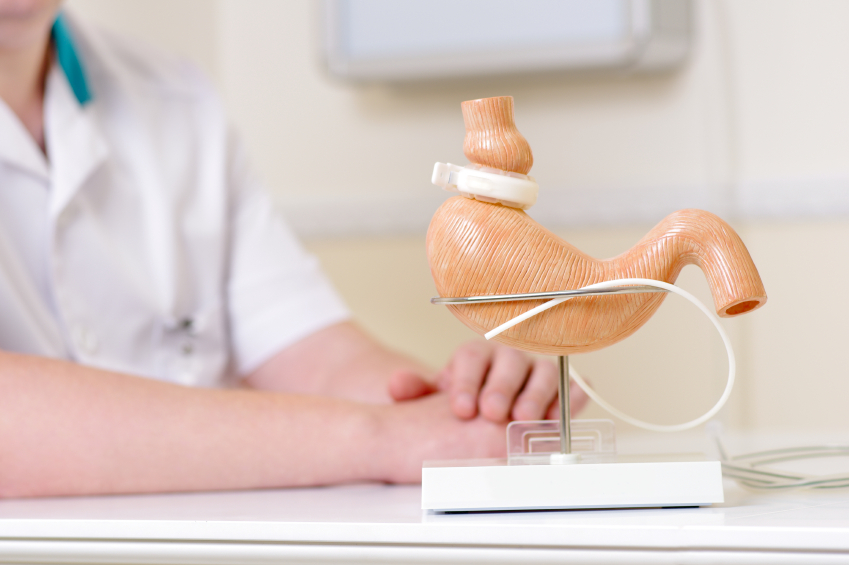There are various bariatric procedures to help the obese people get instant and long‑lasting results in terms of weight loss. Unlike the conventional fat removal and liposuction procedures, the new methods are more user-friendly in terms of minimal invasion and lesser recovery periods.
Among the major bariatric procedures, lap band surgery (LAP-BAND®) is one of the most popular choices as it is painless and highly effective. You can refer to New York Bariatric Group blog to read about many other alternative bariatric procedures too.
A typical lap band procedure has three phases as:
- Pre-operative preparation phase
- Post-operative immature phase
- Post-operative mature phase
Here we will discuss about some specific things patients need to consider at each phase of lap band surgery to ensure minimal discomfort and optimal results after the surgery.
Phase #1: Pre-operative Phase
During laparoscopy, the liver is elevated to form adequate space in front of the stomach to install the lap band in place. Liver is basically a three-dimensional structure which can enlarge top to bottom and also front to back. However, during the procedure if liver cannot be elevated, it may be create complications.
So prior to the surgery, the patient needs to be strictly on a high-protein / low‑carbohydrate diet. No pasta, potatoes, or rice. The duration of this diet may depend on the BMI of the patient, i.e.,
- 7 days for a BMI of 40 and lesser.
- 10 days for a BMI between 40 to 50.
- 14 days for BMI above 50.
Phase #2) Post-op Immature Phase
This phase starts immediate after the lap band is fixed inside the abdomen. The potential risk at this phase is of slippage of the band if the stomach slides under or piles up over it. To avoid the risk of slippage, usually sutures are placed above and below the band. Healing time for the soft tissues after lap band may be about three weeks, during this period dry heaves or vomiting may cause tearing of sutures.
So, the patient needs to be on clear liquid diets. Protein shakes and soups are suggested. Later, the diet can be changed to full liquid as oatmeal, yogurt, and pureed solid foods. Items with excessive sugar or zero-calorie should be avoided, and highly nutritious foods to be promoted for faster healing. Then soft food as fish can be slowly introduced. You can get more suggested food items at New York Bariatric Group blog.
Phase #3) Post-op Mature Phase
Lap band is filled with saline at this phase, injected through the port. Solid foods are highly appreciated at this phase. The patient will feel full with solid foods which may stay longer. Determining the capacity of intake is a time-taking trial and error process. Vomiting tendency may be there, but as the stomach may have fully healed by this time, there is not much risk of muscle tearing during this time.
Even at the mature phase, the patient should be careful about eating only when felt fully hungry. It is not mandatory that you should eat just because it is mealtime or food is available, but to wait to feel the hunger. Take in food items of high-nutritional value in lesser volume and avoid zero-calorie foods. The patient also needs to stop instantly on feeling full. Refer the articles at New York Bariatric Group blog for more instructions and bariatric procedure guidelines.

